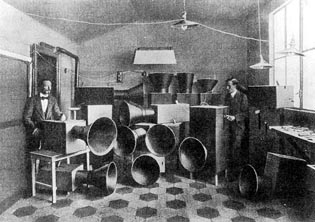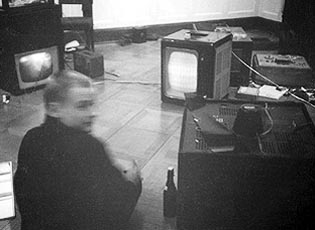| Note: If you see this text you use a browser which does not support usual Web-standards. Therefore the design of Media Art Net will not display correctly. Contents are nevertheless provided. For greatest possible comfort and full functionality you should use one of the recommended browsers. |
![]() Editorial
Editorial
Editorial![]() Steve Dietz
Steve Dietz
In contemporary culture, a number of spheres of activity intersect: speech, art, identity, communications systems, economic and legal regimes. In the so-called public domain, these activities increasingly conflict. This is not necessarily a new development, but with the increasing mediatization and hybrid virtualization of each of these spheres, the boundaries between public, private, commercial and government are in flux. [more]![]()
 | Constructing Media Spaces In her essay, «Constructing Media Spaces,» Josephine Bosma argues that forms of networked art, in particular, are progenitors of what media theorist calls «public domain 2.0,» and that the works of the artists described in her text «bring people closer to technology on many different levels. [more] |
Public Sphere_s Various ideas of ‹the public› have been theorized at least since the Greeks, but whether it is Socrates confronting Callicles about mob rule in Plato's Gorgias or Jürgen Habermas' «public sphere,» Walter Lippmann's «big picture» or Mouffe's agonistics, this public has almost always been intimately connected with a parallel notion of public space. From the agora to the piazza to the commons to the park, in some sense robust public discourse can only flourish in public space. [more] |  |